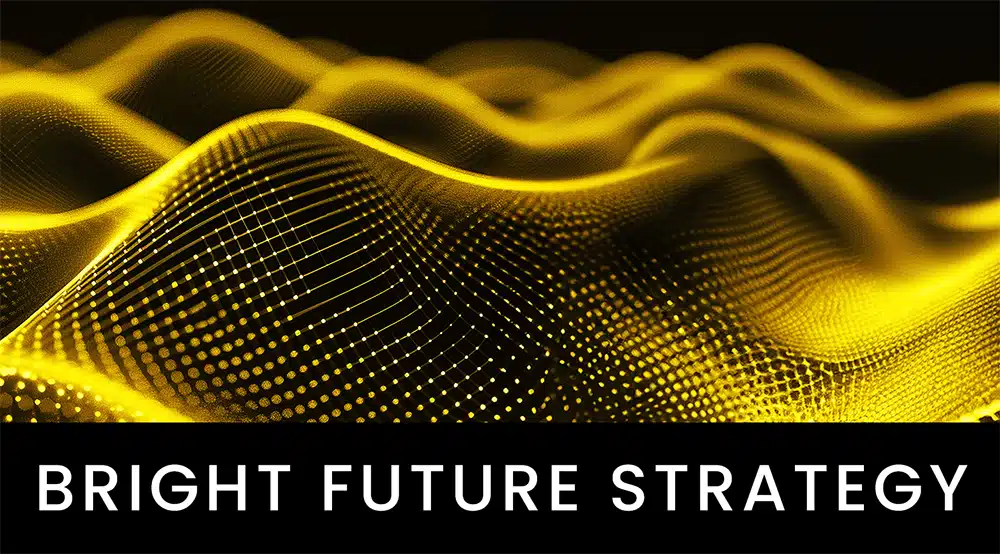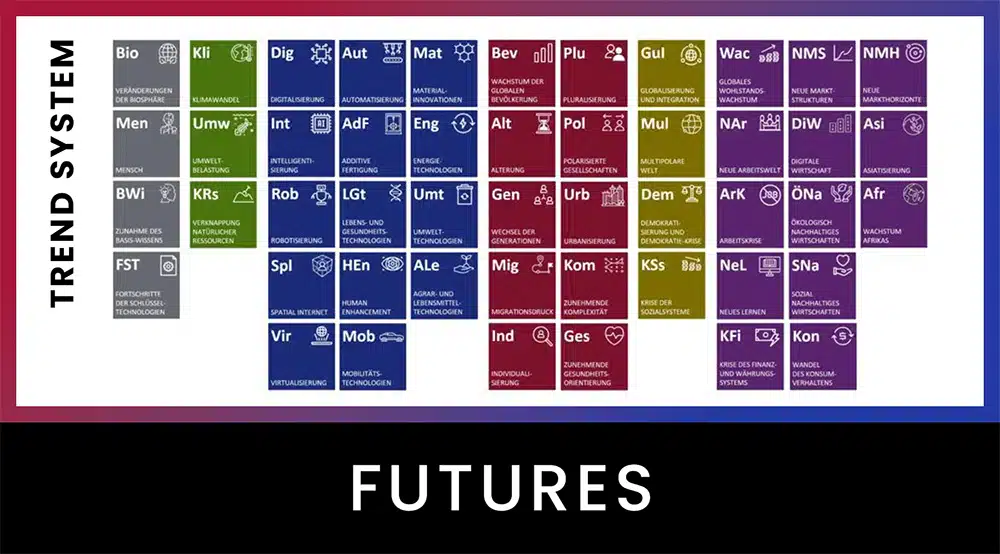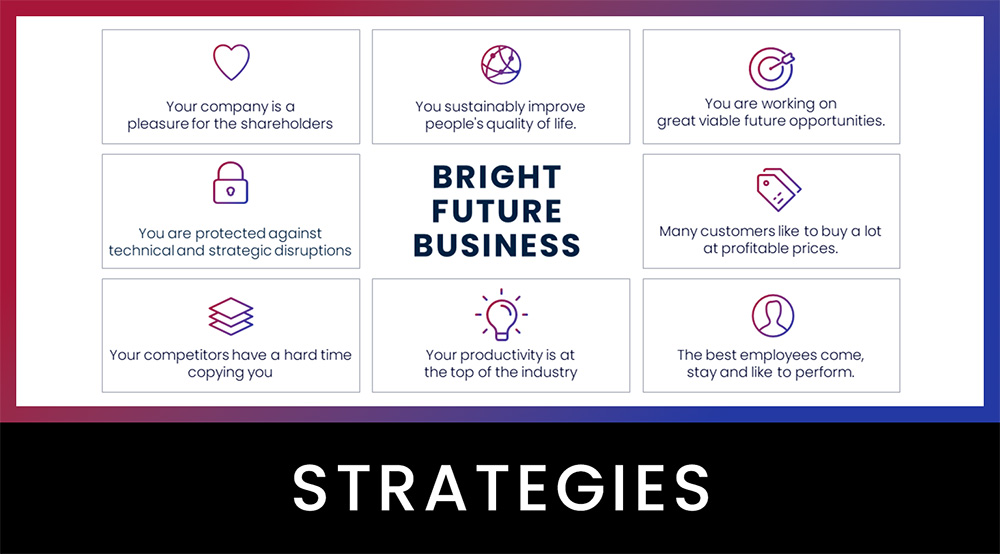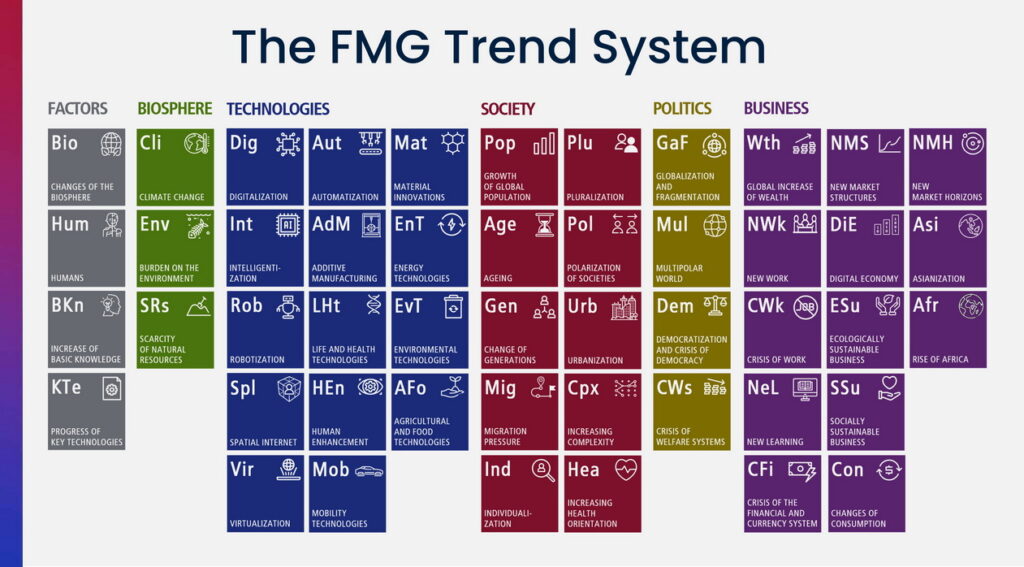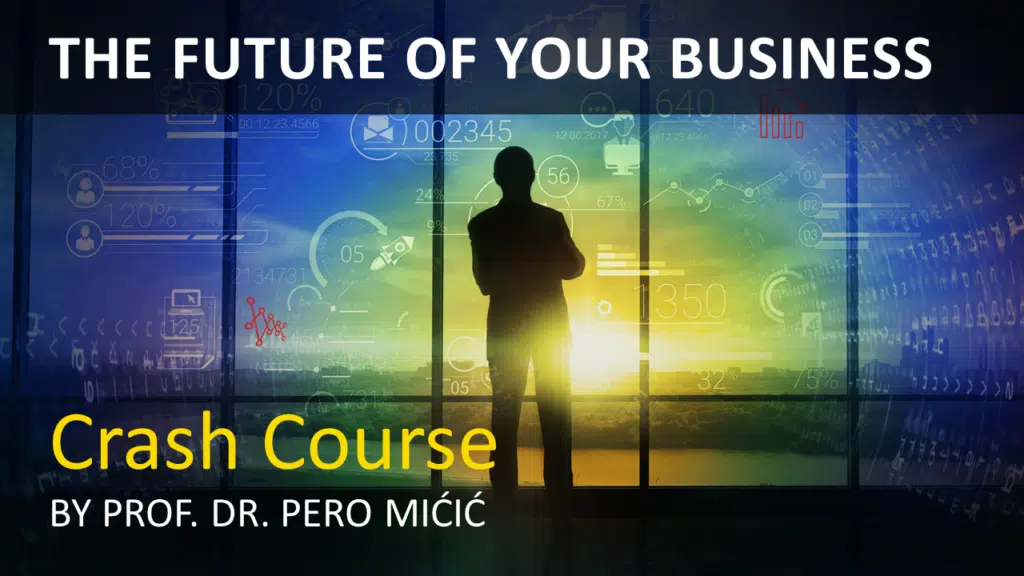Dr. Pero Mićić
How will humanoid robots learn? How do they become intelligent? And how quickly does that happen?
Do you have the next technological revolution on your radar? Intelligent humanoid robots. They will fundamentally change our working world and thus also society. As always with such useful technologies: We will not be able to stop them. You and your company need to start preparing for this new era now.
Humanoid robots: first prototypes in use
The first prototypes of humanoid robots are already working for fairly conservative companies. Apollo from Apptronik works at Mercedes. At BMW, Figure is used by Figure AI. And Nio has recruited humanoid robots from UBTech. It all still looks rather clumsy, but it’s a promising start.
In the first two episodes on humanoid robots, I answered two questions: Will the physical capabilities of humanoids be sufficient to perform virtually any physical labor? The answer is a resounding yes. And will they be intelligent enough to do everything for us? Here, too, the answer is a clear yes. The more long-term we think here, the clearer it is that millions and even billions of humanoid robots will be working for us. The links to the first two articles in the series on humanoid robots can be found at the end of the article.
The Chinese government wants to become the world market leader with humanoid robots in the next three to four years. And with robots that can, quote, “think, learn and innovate”. Learning and being innovative? How is that supposed to work?
Intelligent humanoid robots learn directly from the human body
A motion capture suit can be used to capture a person’s movements in detail, transfer the data to a robot’s neural network and use it to train the robot. For example, robots learn to dance so well that they can in turn teach us how to dance, with all the patience you need with some talentless dance students.
If you have entered thousands or even millions of work processes of a plumber or – even more simply – an assembly line worker in this way, the robot can do the same. Even better. And the other millions of robots simply copy this skill. It is only a question of time and computing power that we will be able to teach almost any human movement to a humanoid robot in this way.
Intelligent humanoid robots learn by observing humans
In concrete terms, this means that the robots simply “watch” videos of good work. This is called imitation learning. Tesla has been training its AI for autonomous vehicles end to end since version 12 of “Full Self Driving”, now called “supervised”. The neural network watches millions of hours of 360-degree videos that show how good drivers act in a wide variety of situations. How do you know which drivers are good drivers? Tesla identifies good drivers through a safety score. If you follow too closely, drive too fast, often receive collision warnings and brake hard, you are a long way from the maximum value of 100. Its videos are then not used to train the AI. Other companies are pursuing similar approaches. But Tesla has by far the largest treasure trove of real-world video data of any provider in the world. Over 5 million vehicles collect unimaginable amounts of video data every day.
How do you train for situations that occur extremely rarely? Through text to video. Sora from OpenAI shows how you can create any video with two or three lines of text. It will work in a similar way with Text to 3D. The AI generates a virtual simulation. This allows the developers to simulate even the craziest traffic situations, i.e. create artificial videos for training the cars. This brings them ever closer to their goal of AI driving ten times better and safer than a human.
The very same AI technology that is performing better and better in extremely complex urban traffic is now being used in the brains of humanoid robots. Which is easier? Driving in the big city or working in a factory, in a trade, in the garden, in the catering trade or in the household? Exactly. What a robot needs to be able to do is less complex in terms of individual skills than urban traffic. And what is less dangerous? So that the bots can be introduced with more willingness to take risks and therefore much faster? Exactly. Because we have already come so far with autonomous driving, humanoids will soon be working in factories, then in service and finally in our homes.
We said it back in the 2000s: robots will learn like children. Through imitation. By watching us live or watching videos of what we do and imitating us. How do people operate this production machine? How do people deliver parcels? How do people load and unload a dishwasher? There are different strategies in every household, especially for putting things away :). With millions of hours of 360-degree video input, the AI robot will very quickly be better and safer than any human.
Intelligent humanoid robots learn by themselves
AI and robots have been trained using machine learning for decades. But now they are learning more and more on their own. Through so-called reinforcement learning. They are rewarded for successes and punished for mistakes. They are self-taught. Then they don’t even need us humans as teachers.
Do you remember how the AI AlphaGo defeated the world champion in the game of Go? Go is much more complex than chess. Since 2019, human Go players have not stood a chance against the AI. The AI practically learned this skill on its own, without humans having to train it. You become a Go grandmaster after half a human life, in 30-40 years. AlphaGo became a super grandmaster in just 40 days. Without being taught by a human.
In 2021, a team at Google Deepmind managed to teach an AI to play soccer itself. In the beginning, the AI players were still incompetent, wildly wriggling digital creatures. With their 56 joints, they first had to learn to move like real people. The AI was simply shown 105 minutes of videos of soccer matches. From this, the AI players learned to move perfectly. After three days of training, things looked much better. The three days correspond to 5 years of simulated games. First, the AI players learned how to handle the ball, dribble and predict the path of the ball. And after 50 days of training, i.e. after around 80 years of simulated games?
The AI players learned to recognize and understand the movements of the other players. And finally, the AI players learned to cooperate with each other in order to win against the opposing team. They learn from mistakes and successes how best to score goals. The number of goals was given as a reward. There is nothing technically standing in the way of expanding to 22 players with a real off-line, offside rule and so on, apart from computing power and energy.
Of course, transferring the amazing AI capabilities to the body movements of robots is anything but easy and simple. But AI helps here too. And a lot of training time. Mind you, the tasks of humanoids will initially lie in production and logistics. And they are much less complex than a soccer match.
This type of learning has practically only three limiting factors. The availability of videos of the activity to be trained. The corresponding computing power and energy. More and more billions are being invested in data mining, AI chips and renewable energy. With these enormous investments, all three factors are available almost indefinitely.
Intelligent humanoid robots learn from each other
We humans have to learn our skills individually. That’s why we go to school for many years, study and do apprenticeships and training courses. If an employee leaves your company, his or her knowledge is lost to your company. When we die, our knowledge and skills are lost to the world. The next generation can build on previous knowledge, but each individual has to learn everything anew.
Not so AI and robots. If a robot has learned to load and unload dishwashers or make coffee, this ability can be immediately transferred to all other robots of the same type. You don’t even have to have been trained on all existing machines. You can deduce the operation of a dishwasher or coffee machine from that of an unknown machine. What a robot learns and masters can be saved as a skill and published on a platform for robot skills. Any robot from the same manufacturer can download this skill and immediately have the ability that other robots have developed. This will also work across manufacturers. NVidia offers the Gr00t Foundation Model and the Isaac Robot Platform for this purpose.
This transfer of skills from one robot to another happens without years of training. And humanoid robots never forget or unlearn the skill. On the contrary, they are getting better and better at it through updates. They will only forget the knowledge and skills that are outdated. The capabilities of the AI robots are accumulated. To a large extent, people’s skills have to be built up again and again. It is impossible to overestimate the immense speed at which intelligent humanoid robots are becoming more and more capable. And all at minimal cost when compared to the cost of human labor.
And now?
What does all this mean for you and your industry? What can you do now? We now know that the capabilities of humanoid robots will grow very quickly. Much faster than we can imagine today. We have noted in previous articles that there are very good reasons to believe that intelligent humanoid robots will increasingly work for us because of their physical and cognitive abilities. In factories, in logistics, on construction sites, in service and also at home. A single humanoid robot can do up to ten times more than a human.
The world of work and society will be transformed enormously in the coming years. And with it your job and your company. Whether you produce something, work in logistics, work in a construction company or run a restaurant.
If you and your team would prefer to leave everything as it is, if you refuse to make necessary changes for as long as possible for emotional reasons, your fears for the future will grow. Those who see themselves as victims of change develop fears about the future. Of course, you don’t have to turn your business upside down today because humanoid robots are coming soon. But I recommend that you develop a well-founded enthusiasm for the future in your team. Looking forward to an exciting new era. This will make the transformation easier, faster, cheaper and more fun.
Let us summarize:
- First effect: More efficiency – fewer jobs: The same performance can be achieved with much less human labor. That is efficiency. This costs jobs and raises many social issues, which we will address in another article.
- Second effect: more productivity – the same number of jobs: But you can also achieve much more with your team. That is productivity, and it preserves jobs. When it comes to AI and robotics, focus primarily on productivity. Then AI and robotics will not necessarily lead to fewer jobs in your company and in the economy. Can there be limitless productivity? Well, not if we mean even more products and even more resource consumption. But very much so if it improves people’s quality of life. Quality of life is the only thing that can and should grow forever.
- Task: Develop a new strategy and business model. You will have to rethink and redevelop your strategy and business model in the face of AI and humanoid robots. If only to avoid falling behind and to maintain your competitiveness.
- Recommendation: Start now – to stay in the game. Prepare yourself and your team now. Make sure you start now to think through every element of your processes and learn how you can use AI and robotics productively in the foreseeable future. In the last post, I recommended creating a matrix with all your processes on one axis and the years up to 2035 on the other. Then enter your assessment as a percentage of when and to what extent AI and humanoid robots can take over the activities in the respective process.
- Your thoughts and questions: How do you see the future with humanoid robots? If you have any suggestions or questions, please write to me.
- Become a member of the Bright Future Leaders. This is our community of forward-thinking leaders. You will receive regular and free tips and strategies to make you and your company more future-proof.
- Take a look at all the episodes on robotics here:
– Humanoid robots: the solution to the labor shortage? (Part 1)
– Humanoid robots: will they be intelligent enough? (Part 2)
– Humanoid robots: how much will they cost? (Part 4)
– AI kills all jobs – and then what?
Three scenarios (Part 1)
– Prosperity through AI, but how? (Part 2)
Have a bright future!
Placeholder








